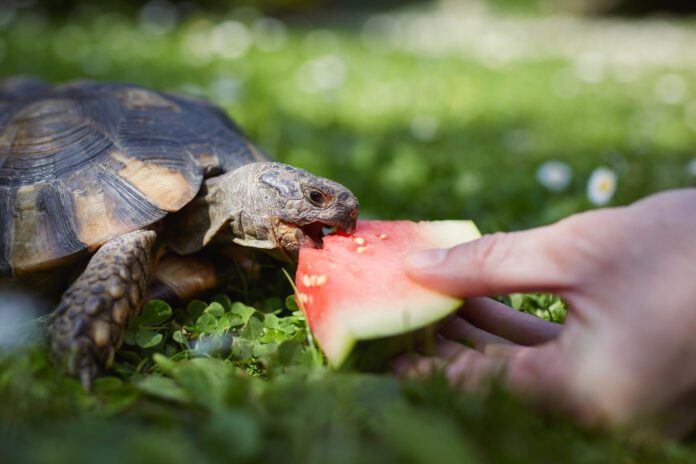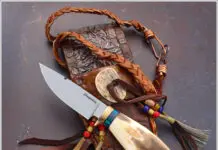
Reptile rescuer Annie Chesher of Oklahoma City has some advice for people who adopt pets — reptiles in particular — then tire of the novelty.
“Most people think of them as throwaway pets, but some can live ten to 20 years,” says Chesher, who operates Abigail’s Angels Reptile Rescue out of her home. “You’re not just purchasing a pet. You’re purchasing a member of the family for a lifetime – possibly your lifetime.”
Chesher is one of more than 100 Oklahomans listed as licensed animal rescuers by the Oklahoma Department of Wildlife Conservation, and is passionate about what she does. For her, it’s an all-in commitment, even though she donates her time.
“I do this full-time,” she says. “I laugh that I work eight hours a week at a real job so I can work 80 hours a week with the reptile rescue.”
She is also heavily involved in working with the public “to educate people before they purchase a reptile.”
The Wildlife Conservation Department’s rehabilitators list includes about 30 folks who specialize in reptiles. The list also includes those who help other kinds of native and exotic species, including large and small mammals, amphibians, birds and other fowl.
Chesher says anyone who finds an injured animal or one that needs some kind of personalized attention can find rescuers through the department’s website, wildlifedepartment.com, or on social media.
Her staff, she says, only consists of herself, her husband, her grandson and one other employee. The team takes in “turtles, snakes, lizards,” Chesher says, “just about any invertebrates or any non-venomous reptiles that are exotics — anything you can buy in a pet store or reptile show.”
Rescuers are required to work with a veterinarian, she says.
For most people, she mentions, “it’s illegal to try to rehab an animal without a license. The goal is to treat the animal sufficiently so it can be released back into the wild.”
Laura Ramsey of Moore is among the listed wildlife animal rescuers, operating Ramsey Wildlife Rehabilitation. She specializes in eastern cottontail rabbits, and her rescue work includes eastern fox squirrels, porcupines, turtles, opossums and skunks.
“I feel like I educate the public in a lot of different things,” Ramsey says, helping people who find an injured animal “and feel helpless.”
Ramsey mentions that she can handle some types of reptiles, but isn’t big on rehabilitating snakes.
“I will do lizards and turtles, but I just feel like snakes is not my niche,” explaining that it’s hard to get a snake hydrated, and that snakes have other issues.
“There are people that are better at rehabbing [snakes] than me,” she shares.
Ramsey currently has five domestic bunnies in her care.
“They were foster bunnies that were in a hoarding situation,” she explains.
Chris Rauh of Durant says he has become known in his area of southern Oklahoma for his ability to remove snakes and other reptiles from people’s property. He has fostered a life-long love of reptiles, and obtained licensure to be able to legally capture the wildlife other people find in their yards.
Rauh is in his second year as a licensed handler, but says that he’s been catching snakes all his life. He removes copperheads, rat snakes and turtles, and says he relocates them to “a place where they can’t get run over or encounter anyone.”
Ramsey says she garners great satisfaction in her work.
“I find so much joy and happiness in [saving] an animal that’s near death, orphaned or injured,” she says. “They kind of speak to you, if you’re willing to listen.”






















